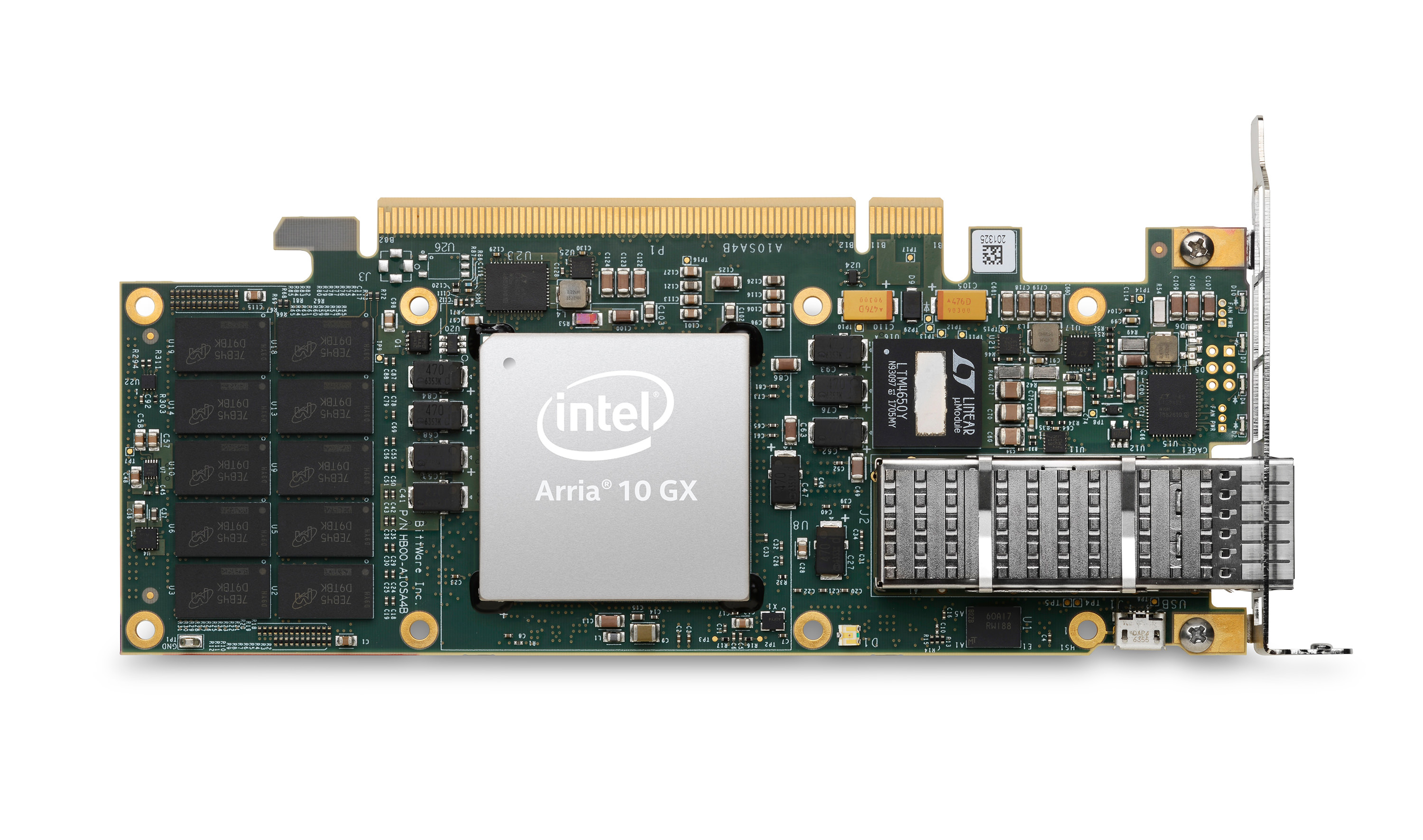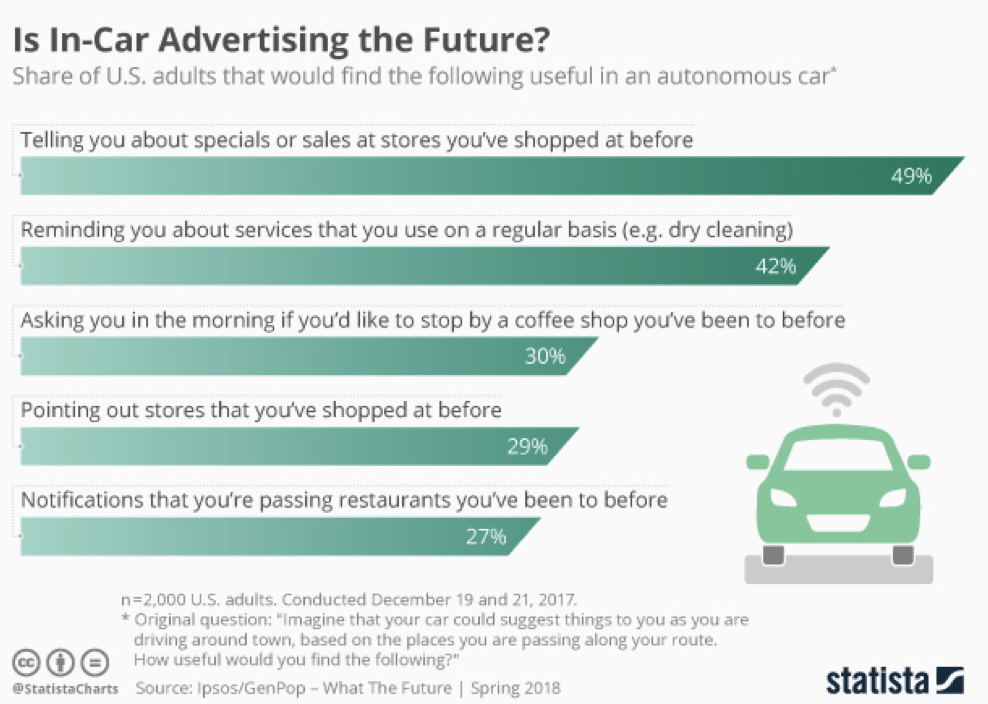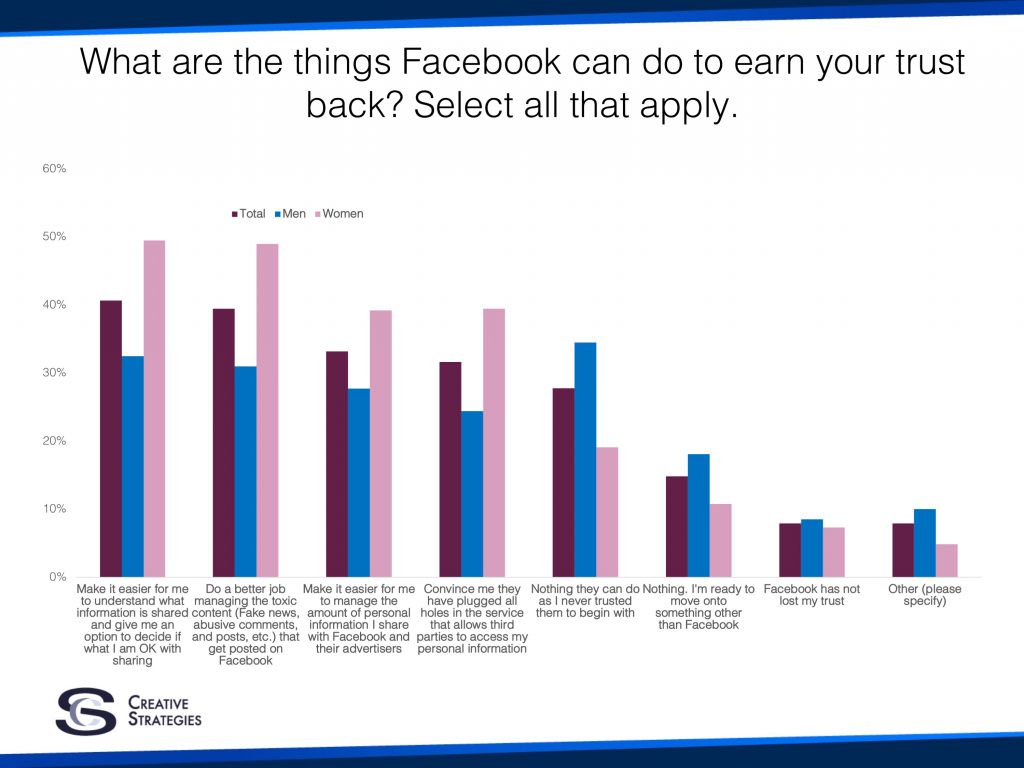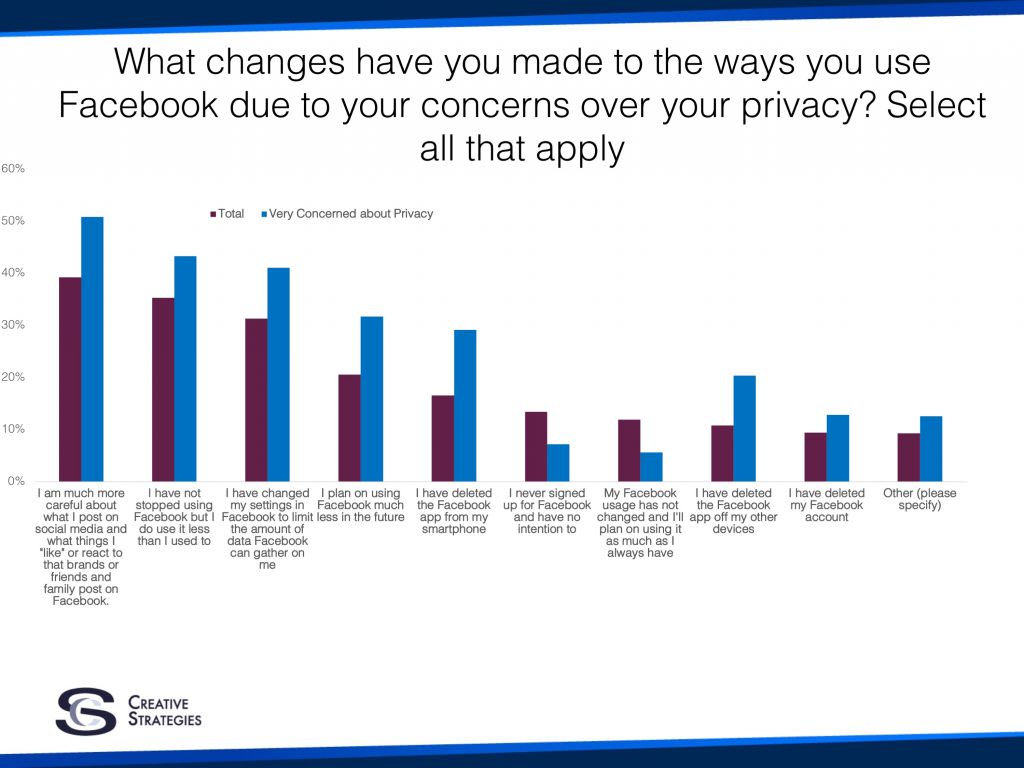I recently got my hands on Google’s Pixel 2 Chromebook. I have wanted to use the Pixel 2 for some time and test it in my everyday computing workflows. There is so much to like about the Chromebook platform. It’s fast, fresh, and feels extremely modern. Much more modern than Windows or macOS/OS X. But it is the speed, lack of clutter, and overall fresh feeling of the OS that I like best. After a few weeks with the device I can see how you can make a strong case an operating system like this has more legs for the future of notebooks, and maybe desktops than Windows or macOS/OS X. Except apps.
I wanted to love the Pixel 2, but the Android app ecosystem is not built for the larger notebook size screens. Apps like Office, or Slack were sufficient, not ideal nor perfect, but sufficient. Apps like Twitter, or Facebook, were all pretty terrible. The more apps I tried to do things like edit photos, or make movies, and many of the things I do on my Mac regularly, I found apps galore which were all made for the smartphone, not a notebook screen. The lack of developer optimization of Android apps is the thing that hurt Android tablets and the thing that still hurts the Chromebook. But as I said, I wanted to love it.
The reason I wanted to love it was because it was free of all the legacy crust that sits on Windows and macOS. No consistent pop-up windows or annoying alerts and system notifications. None of the junk that gets loaded at boot up that makes your computer take seconds to minutes to start up. It was fast, crisp, and refreshing to use from an operating system standpoint. The active Google Assistant as a chat window is fantastic as well. Similar features exist in Windows with Cortana, and Siri is deployed only as a voice assistant, not one you can type to or chat with.
The overall feeling, and experience, I could not get past was just how fast and clean/fresh Chrome OS feels. It did make Windows and macOS feel like legacy operating systems. That being said, have the same feeling when I use iPad to a degree. The lure of iPad as my primary computer has always been based on the fresh, fast, and non-legacy feel of iOS. Add to that, a large number of apps which have been optimized have the larger screen and iPad gives the feeling of a fresh new computer (not just smartphone) operating system.
New vs. Old
There is a divide coming that I can only describe of new vs. old computing paradigms. So many people who have spent years, and often decades, using legacy computing environments like Windows and macOS (OS X) have developed behavioral debt. These entrenched behaviors and trusted workflows which have been established through years of repetition do not flow well into the more modern and new environments that iPad and Chromebooks present. However, when you look at younger millennials and the entire cohort of Gen Z, you see very different workflows being developed which all translate very well to Chromebooks and iPad.
At this point, I do not believe Microsoft can make Windows fit with the modern era that young people are gravitating to, and I don’t believe Apple can make macOS fit this need either. Both Windows and macOS will still exist and remain for the many millions of people who will always be more comfortable working with a legacy operating system on their notebook or desktop. But I’m not as convinced the next generations will settle on Windows or macOS but rather will seek out solutions running operating systems that are more suited for their workflows, which I believe are Chromebooks and iPads.
App Based Workflows
The big change, at least from my experience and behavioral observations with Chromebooks is how much the workflow moves to apps primarily. Certainly, apps are used in Windows and macOS, but the browser is also heavily used. I’ve noticed that Chrome OS and iPad move most the workflows to apps primarily, with much less browser involved. Personally, I love this, but many of the core workflows I live on have not translated yet to a Chromebook or iPad only world, so I still find myself using my Mac more than either.
I, like many others, did try and move to iPad entirely as my notebook but sadly returned to the Mac because I still needed it for so many tasks in my day-to-day. My kids are different stories. They never built up workflows that required a legacy operating system like Windows or macOS and therefore are entirely comfortable living only in Chromebooks and iPads. Both my daughters will be in a 1:1 iPad school next year so both will use iPad full time as their notebook.
In the long run, I maintain that iPad, and to a degree Chromebooks, success depends entirely on developers embracing the new things it allows them to create and not just trying to recreate old computing paradigms or workflows and make them work on iPad or Chromebooks. The potential for both these devices rests solely with developers, and while good strides have been made, on iPad specifically, there is still a long way to go.
I don’t think either of these devices will replace Windows PCs or Macs anytime soon in the workplace. I do, however, believe there is that distinct possibility but it will take five years or longer before we see any real traction. And that traction, or pull by the employee to the employer, may come largely from college kids and younger today as they enter the workforce. This may create a fascinating computing divide between millions of young people using modern workflows and the legacy computing generations using legacy workflows.
































